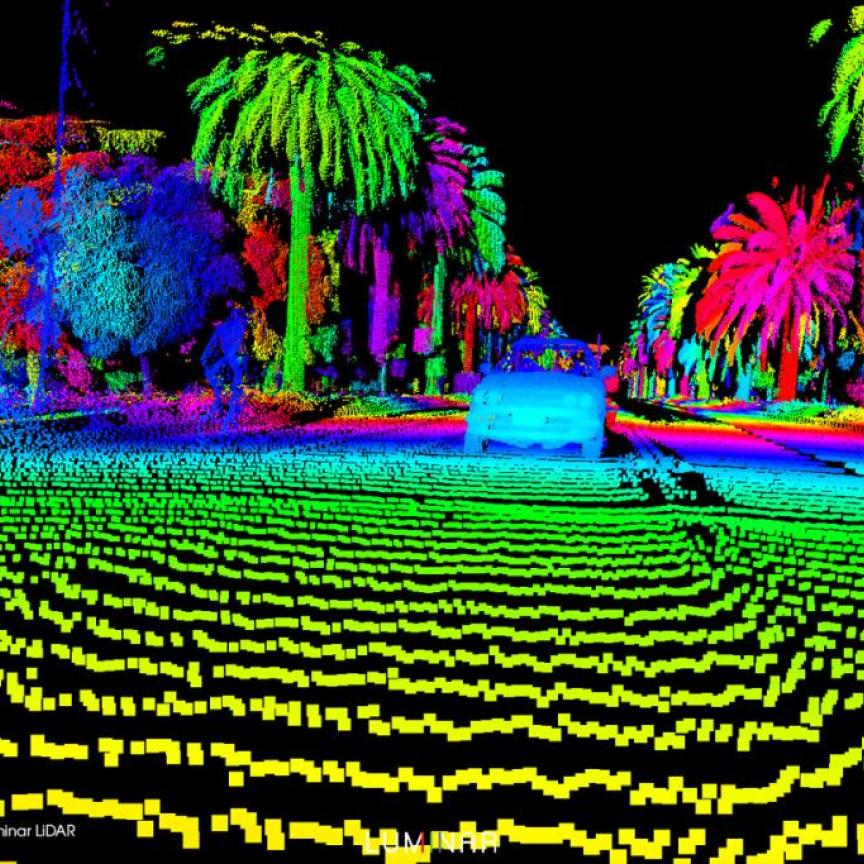Laser World of Photonics, the biennial photonics show to be held in Munich, Germany from 13-16 May, is to feature a wide range of imaging and vision technologies, both on the trade fair floor and as part of the accompanying World of Photonics Congress.
An estimated 1,100 exhibitors and 28,000 visitors are expected to attend the event, which covers all aspects of photonics and optical technologies. This year’s show will focus on three areas in particular:
- lasers for production engineering, which includes robot-guided lasers for cutting and welding;
- biophotonics and medical engineering, which includes the European Conferences on Biomedical Optics, the German Biophotonics Research Programme joint pavilion, and information around diagnostic techniques in cancer detection, ophthalmology, and endoscopy;
- and illumination and energy, including more efficient manufacturing in photovoltaics and battery production, as well as energy saving lighting concepts.
Both the lasers and biophotonics strands will feature specific conferences and application panels and all three strands will highlight information as part of exhibitions and panel discussions.
At the World of Photonics Congress, which accompanies the trade fair, SPIE will be running an optical metrology session, featuring the latest findings and applications for optical metrology, videometrics and machine vision. Some new topics have also been added to the conference agenda, including optical methods for the inspection, characterisation and imaging of biomaterials, and examine techniques for automated visual inspection.
CLEO will also be taking place as part of the Congress, organised by the European Physical Society, the Optical Society, and IEEE Photonics Society. The Congress will feature some 5,000 participants from 65 countries.
In terms of optical metrology, the trade fair will showcase technology such as fibre optic sensors and spectral analysis including hyperspectral imaging.
Also, as part of the biophotonics topic area, the research group Forschungsschwerpunkt Biophotonik will present the highlights in biophotonics research from the last decade. Examples include using super-resolution light nanoscopy to examine living cells or techniques to identify bacteria early and improve hygiene in hospitals. Other biophotonics lecture series will be held, focusing on topics such as optical diagnostics and ophthalmology, lasers for analysis and imaging in biophotonics, and endoscopy.
Jeff Kimble of the California Institute of Technology will be presented with the Herbert Walther Award by the German Physics Association and the Optical Society.

